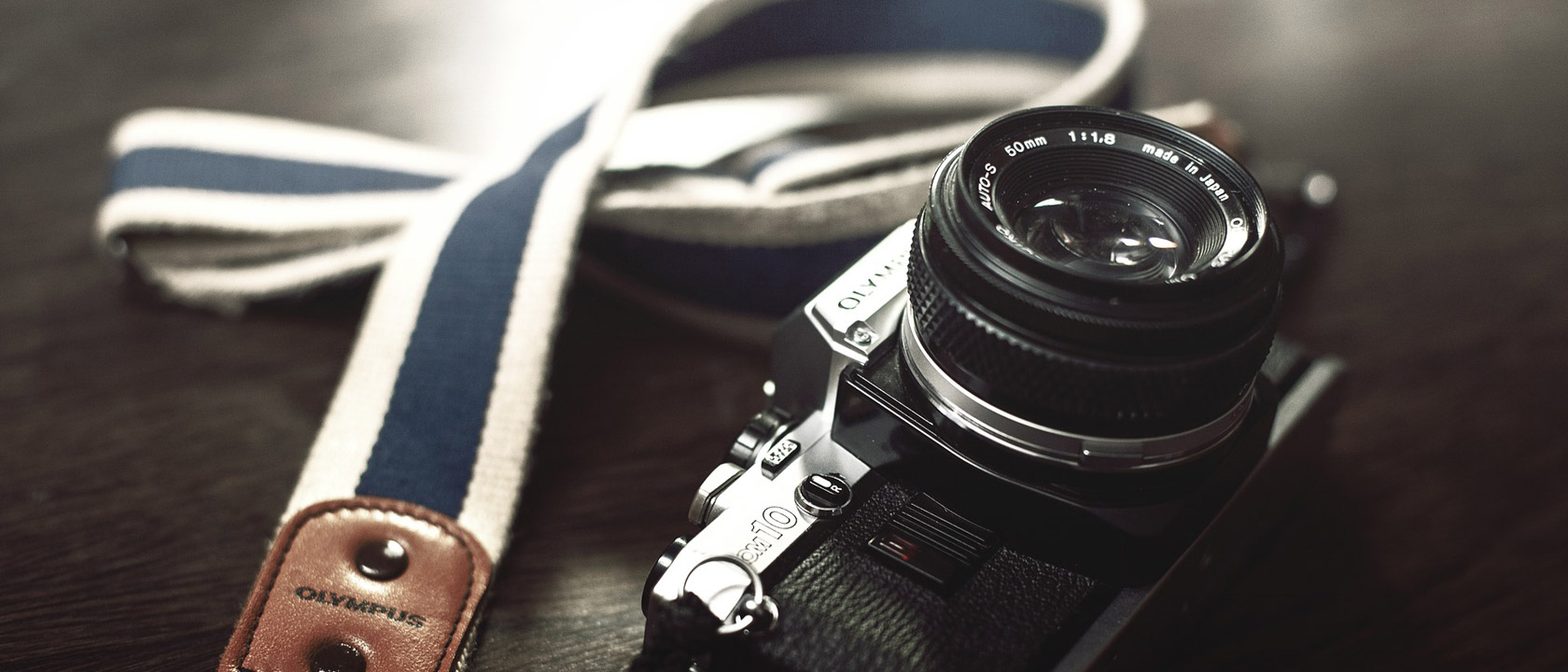How does a news organization decide if a place is safe to travel? At The New Yorker, we asked ourselves that question a lot as I tried to gain access to North Korea, in order to report a story about Kim Jong Un and the prospect of nuclear war. In August, two weeks before I was set to depart, the State Department strongly warned against travel to North Korea and announced that, except in special cases, it would ban Americans from making the trip after September 1st. Ignoring these official notices would be a kind of malpractice, but news organizations have to balance this concern against the public service that they may provide by gaining understanding of national-security problems.
For foreign correspondents, this is a recurring puzzle: every country and every crisis offers a different answer. In 2004, I was working in Iraq as it edged toward civil war. When neighborhoods and then entire provinces fell, reporters struggled to identify which areas were no longer accessible. We relied on a crude mix of anecdote and instinct. A driver would call a cousin across town to ask if a street was blocked by militia checkpoints. En route, we might ask a gas vender if the road ahead was still safe for delivery trucks. Almost always, we chose to turn back rather than take on added risk.
For the North Korea story, however, we decided to go ahead. With the input of national-security and intelligence officials, and scholars who are in contact with the North Korean government, my editors and I concluded that the trip was doable, and necessary. We wanted to hear the perspectives of rank-and-file officials, a view that is difficult to gain from afar. On August 14th, I landed in Pyongyang.
